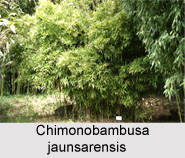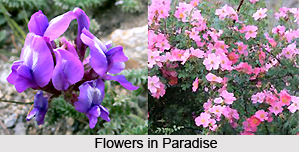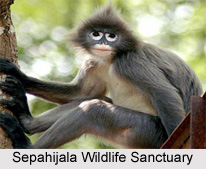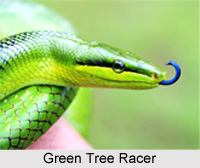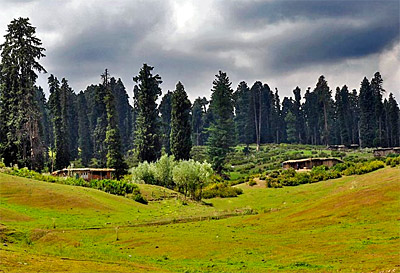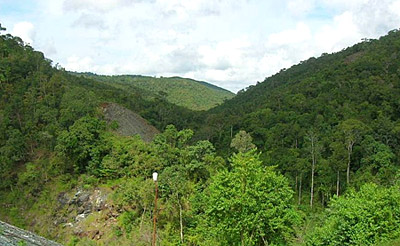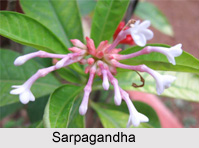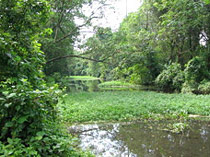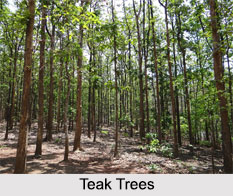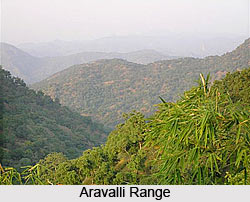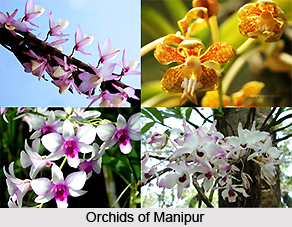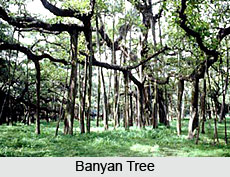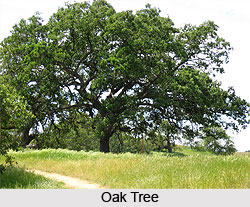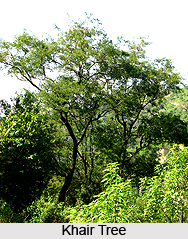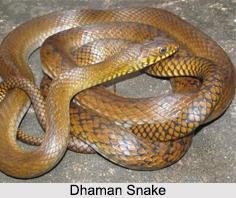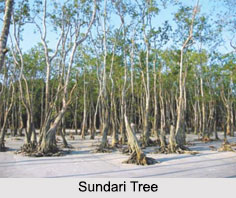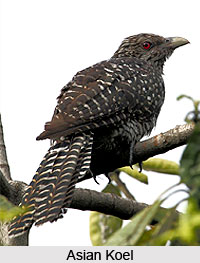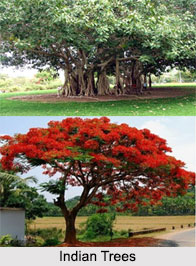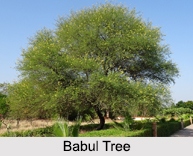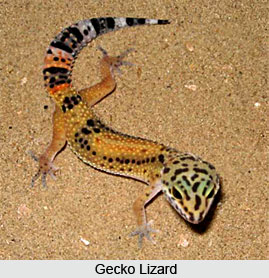 Gecko is a very small and average-sized lizard found everywhere in India up to about four thousand metres. Most of the geckos are characterized by a soft skin, large unblinking eyes with a cat-like pupil, and expanded adhesive tips of the toes which allow them to walk on smooth, vertical surfaces. They are mostly nocturnal. The large genus Hemidactylus comprises sixty five species and is widely distributed throughout the warmer parts of the globe. About twenty species occur in India, Burma, Bangladesh, Pakistan and Sri Lanka. Of these, the commonest species are the Brook`s house Gecko, Hemidactylus brooki, the common gecko and the yellow-bellied of north India and Pakistan. The tree Gecko of South India, Rajasthan and Pakistan is common in human dwellings.
Gecko is a very small and average-sized lizard found everywhere in India up to about four thousand metres. Most of the geckos are characterized by a soft skin, large unblinking eyes with a cat-like pupil, and expanded adhesive tips of the toes which allow them to walk on smooth, vertical surfaces. They are mostly nocturnal. The large genus Hemidactylus comprises sixty five species and is widely distributed throughout the warmer parts of the globe. About twenty species occur in India, Burma, Bangladesh, Pakistan and Sri Lanka. Of these, the commonest species are the Brook`s house Gecko, Hemidactylus brooki, the common gecko and the yellow-bellied of north India and Pakistan. The tree Gecko of South India, Rajasthan and Pakistan is common in human dwellings.
Geckos are found in different patterns and colours like pink, purple and blue and some of them are subtly modelled and almost rubbery in look, where as some others possess very bright colours. Some of the species of Geckos are capable of changing their colour in order to look the same with the environment or with specific temperature. The toes of Geckos possess special adaptation which helps them to stick to most surfaces even without using any liquid or with the help of surface tension.
The Geckos of the genus Cyrtodactylus found in India and Pakistan have clawed toes and mainly dorsoventrally compressed bodies. The fat-tailed Gecko, Eublepharis macularius, inhabits the arid areas of north-western India and is strictly nocturnal.
Several Geckos are restricted to hilly and forested tracts. Of these the commonest are tiny Geckos of the genus Cnemapsis of South India and Sri Lanka. The Andaman day Gecko is found throughout the Andamans and often enters houses. Another interesting forest Gecko is the so-called `flying Gecko`, Ptychozoon kuhli of the Nicobars, which can parachute small distances by means of the membranous expansions on the sides of its head, body, limbs and tail.
The Tokay, Gekko Gecko of north eastern India and Bangladesh. This red or orange-spotted lizard is the largest of all Indian Geckos. Its usual prey is cockroaches and other large insects, and other Geckos. Occasionally it takes a small bird or rat.
